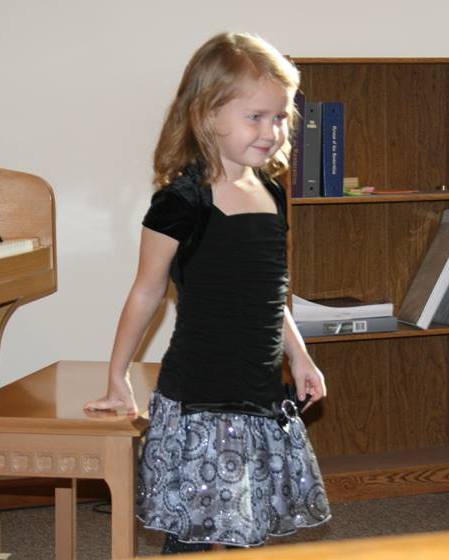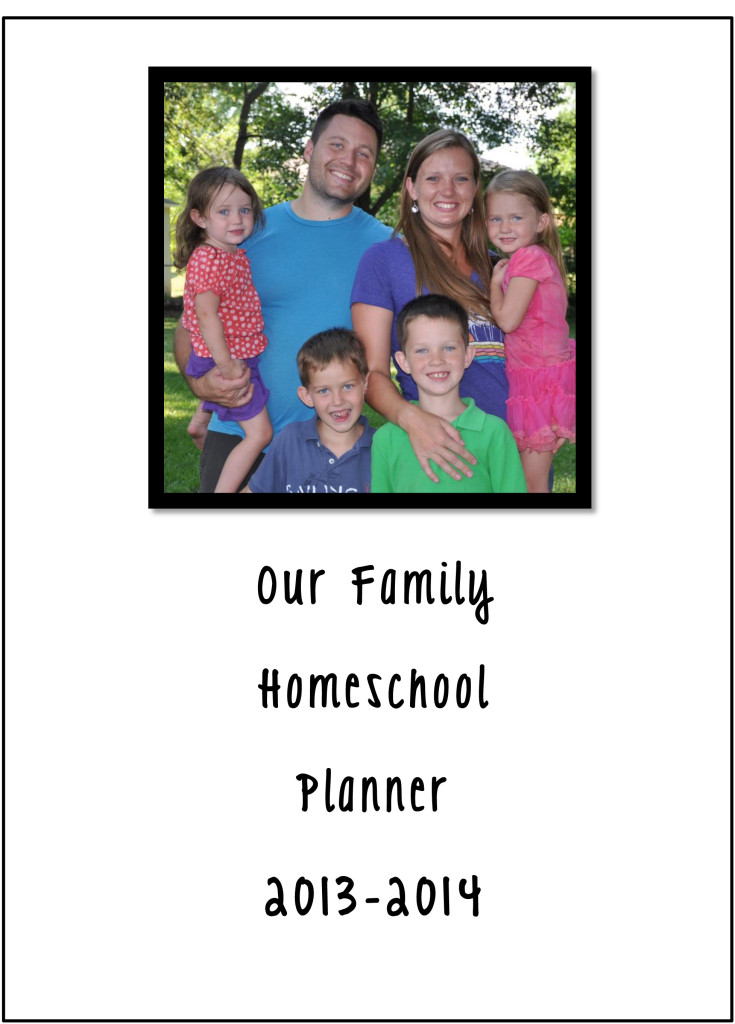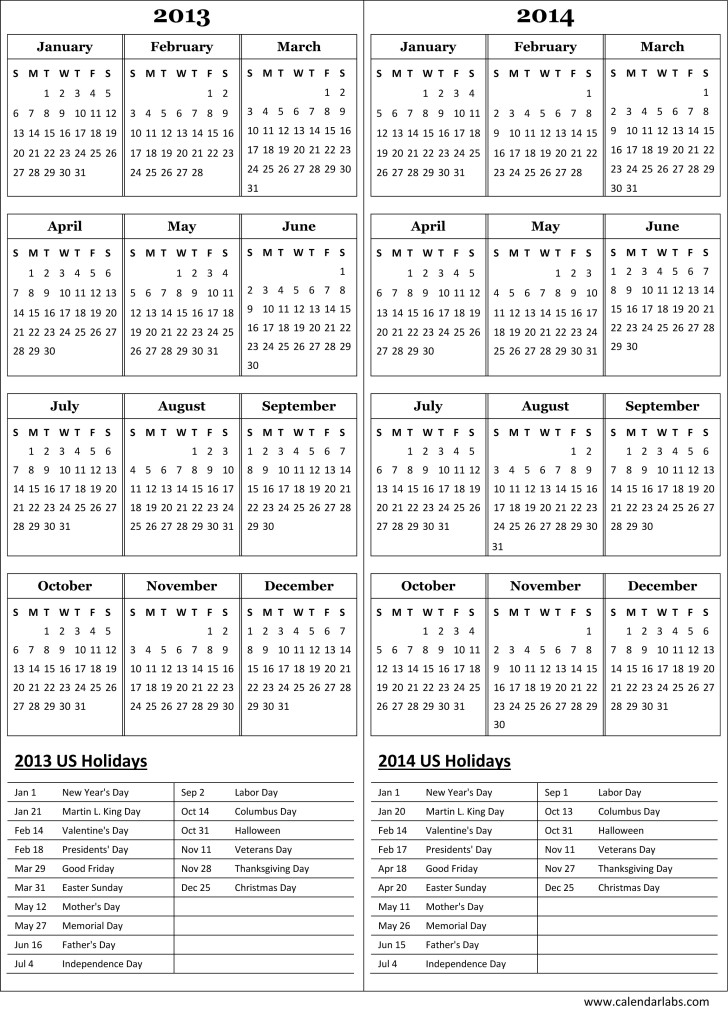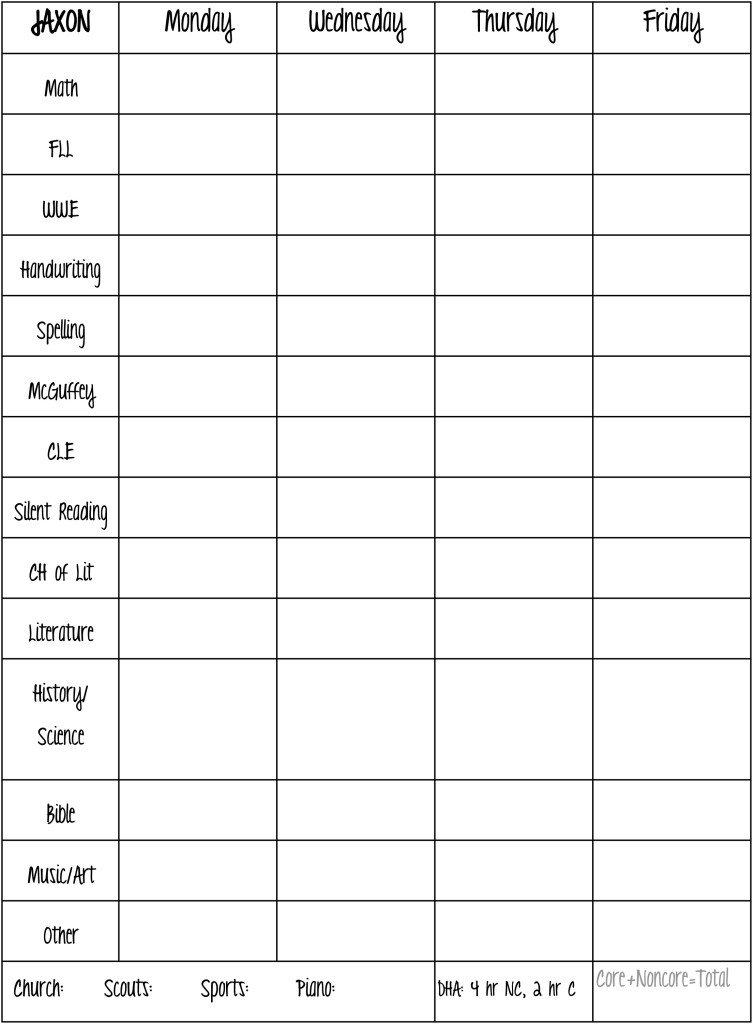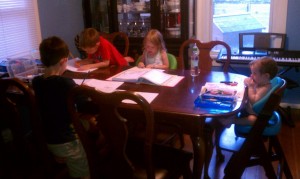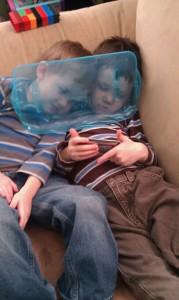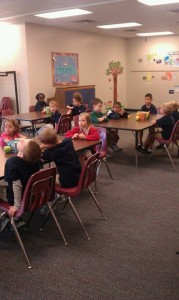We attended the Midwest Parent Educators conference and curriculum expo this past spring and got all our supplies and curriculum for next school year. We purchase mostly from Rainbow Resource because they have the lowest prices but we got some things like our Math-U-See program direct from their booth at a show discount. It’s a great place to look at the different curriculum that are successful on the market. We are all set to go and we are spending any down time this summer finishing up the last few chapters in our 2012-2013 curriculum.
Zavien, 4th Grade
- Grammar: First Language Lessons III this is a short lesson that uses repetition in a constructive and non-monotonous way. We’ve both enjoyed it and he retains it.
- Writing: Writing with Ease III… this is also a short lesson but you have to be engaged the whole lesson to make sure the child is writing correctly. This is when I’m the most strict with writing. For cursive we are using Classical Conversations Prescripts work books.
- Spelling: Phonics for Reading & Spelling (spelling)… this is a good program and works best with consistency. We use an iPad app to study our spelling list each week which has worked really well.
- Literature: Classical House of Learning/Grammar Stage/ my son loves to be read to and to draw. This is a great program that ties into our history lesson too.
- Reading: McGuffey Readers… great classic curriculum to reinforce reading skills. Christian Lighthouse Education Reading (readers and workbook)… I really like these readers as it teaches good character along with reading. I got the workbooks to help with comprehension but it’s been less about comprehension and more about reading skills. After a section of these readers my son has to spend the rest of his 1 hour of reading in elective books. He reads Magic Tree House, the Geronimo Mouse series, the Dragon Keeper’s series, and he just got the Hardy Boy’s.
- Poetry: The boys memorize one poem at a time and then I record them reciting it. They practice the poem everyday until they have it mastered. We choose our poems from The Random House Book of Poetry.
- Latin: We started Prima Latin from Classical Conversations this year and it’s going well so far.
- Math: Math-U-See Delta we love this program and the boys really thrived on it last year. It’s a very hands on program and teaches in sequence.
- History: Story of the World III… this is a great program that my son loves to listen to. He will sit and listen to the audio while coloring and I will ask him the workbook questions to make sure he was listening. Then we do map work and take the test. We don’t get into the projects much due to time but we try to do some of the literature suggestions and encyclopedia reading.
- Science: Geography… We are exploring geography this year.
- Religion: Bible Stories… we read a chapter at bedtime and it’s been great for all of us. Mom included. Getting through the Old Testament is easy with these Children’s Bible Stories.
- Art & Art History: the children attend DHA and Zion’s Compass Co-op where they have 1 hour lessons each week that cover different subjects in art and art history.
- Music & Music History: Piano Lessons… we take lessons with Michelle Sherer and it’s been great. It’s so fun to see them at their recitals. Voice Lessons… we take lessons with Havilah Bruder and we saw a drastic improvement in our older son’s singing in church.
He also will be doing soccer in the fall & spring, DHA 1 day a week, Zion’s Compass Co-op 1 morning each week.
Jaxon, 2nd Grade
- Grammar: First Language Lessons II
- Writing: Writing with Ease II
- Spelling: Phonics for Reading & Spelling (phonograms, writing, & spelling)
- Literature: Classical House of Learning/Grammar Stage
- Reading: McGuffey Readers & Christian Lighthouse Education Reading(readers)
- Poetry: The Random House Book of Poetry
- Math: Math-U-See Gamma
- History: Story of the World III
- Science: Geography
- Religion: Bible Stories
- Music: Piano lessons, Guitar lessons
He also will be doing soccer in the fall & spring, DHA 1 day a week, Zion’s Compass Co-op 1 morning each week, and horse back riding lessons once a week.
Tylea, Kindergarten
- Reading: Phonogram cards, Discover the Code series
- Math: Math-U-See Alpha
- Writing: learning her circle space as she masters her phonics
- Enrichment: Busy Bags!
- Music: Piano lessons
She also will be doing soccer in the fall, ballet after the new year, DHA 1 day a week, Zion’s Compass Co-op 1 morning each week, and Handmaidens(think Christian girl scouts).
Vaylee, Toddlerdom
- Busy Bags! We have like 50 different busy bags that I can turn to and entertain my little one. I love it!
——————————————–
- DK Smithsonian, Animal, The Definitive Visual Guide
- 1828 American Dictionary of the English Language
- History of the World(White Cover)
- The Random House Book of Poetry
Weekly Enrichment Program: Discovery Homeschool Academy(DHA)- homeschool enrichment one day a week. All the fun classes that you liked in public school: PE, Art, Music, Spanish, Science, Social Studies. We have class parties, field day, grandparents day, field trips and other fun activities with the fellowship of other homeschool families. They also have homeschool 101 classes for parents that were great.
Homeschool Co-op: Zion’s Compass Homeschool Co-op- one morning each week we join other families and share teaching! This year the subjects are Music, Art, Science, and History. The parents take turns to teach each of the subjects each week. It’s been fabulous and the children makes friends and enjoy experiences together.
Homeschool Support: I really enjoy The Well Trained Mind forum online and the book has been so helpful in navigating available curriculum. Once a month I am attending the Zion’s Compass Parent Night, which has guest speakers to help in different areas that appeal to homeschooling parents.


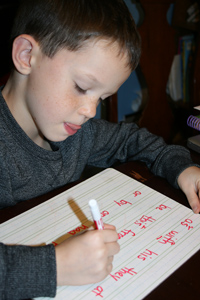
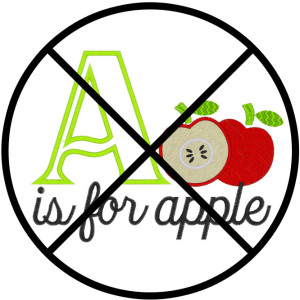
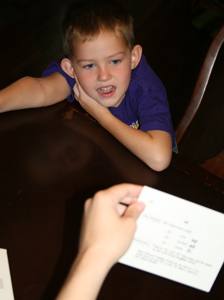
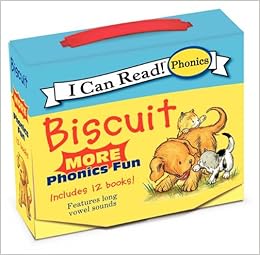
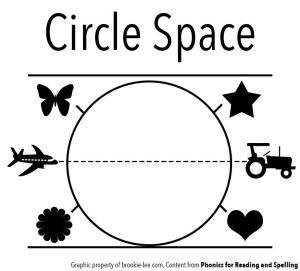
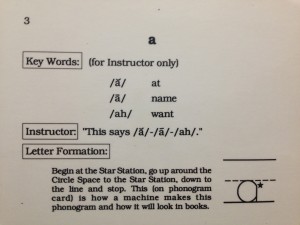

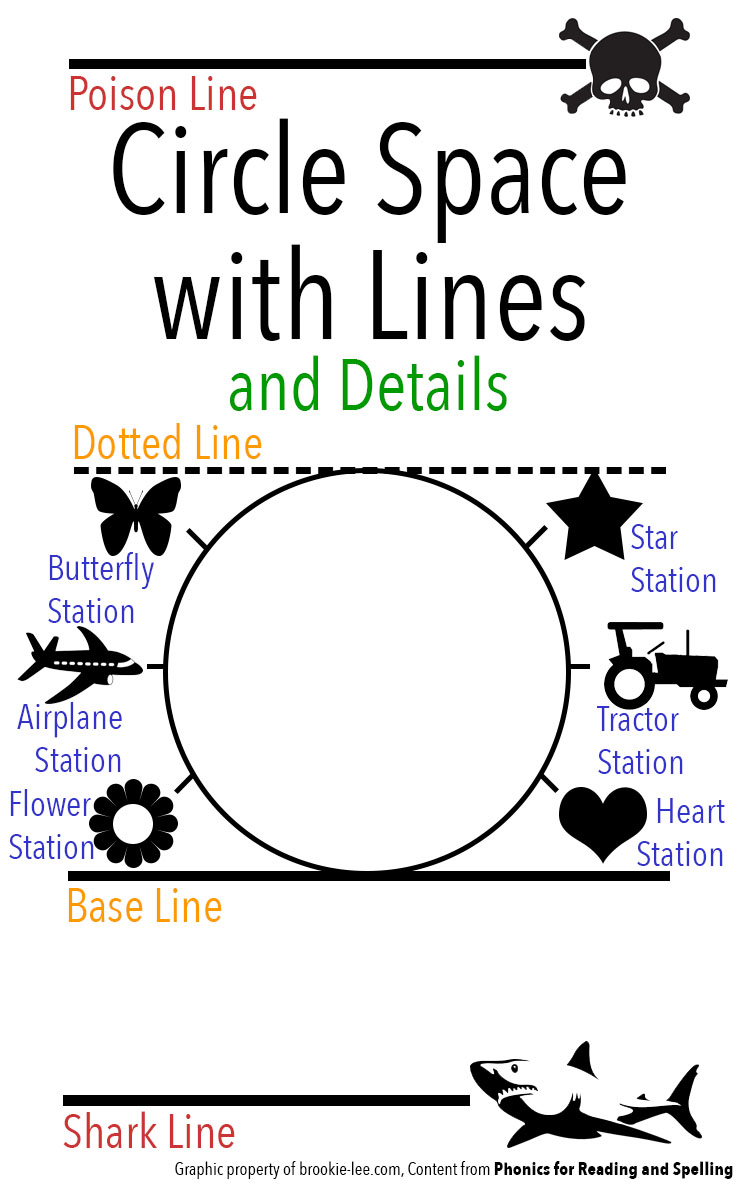
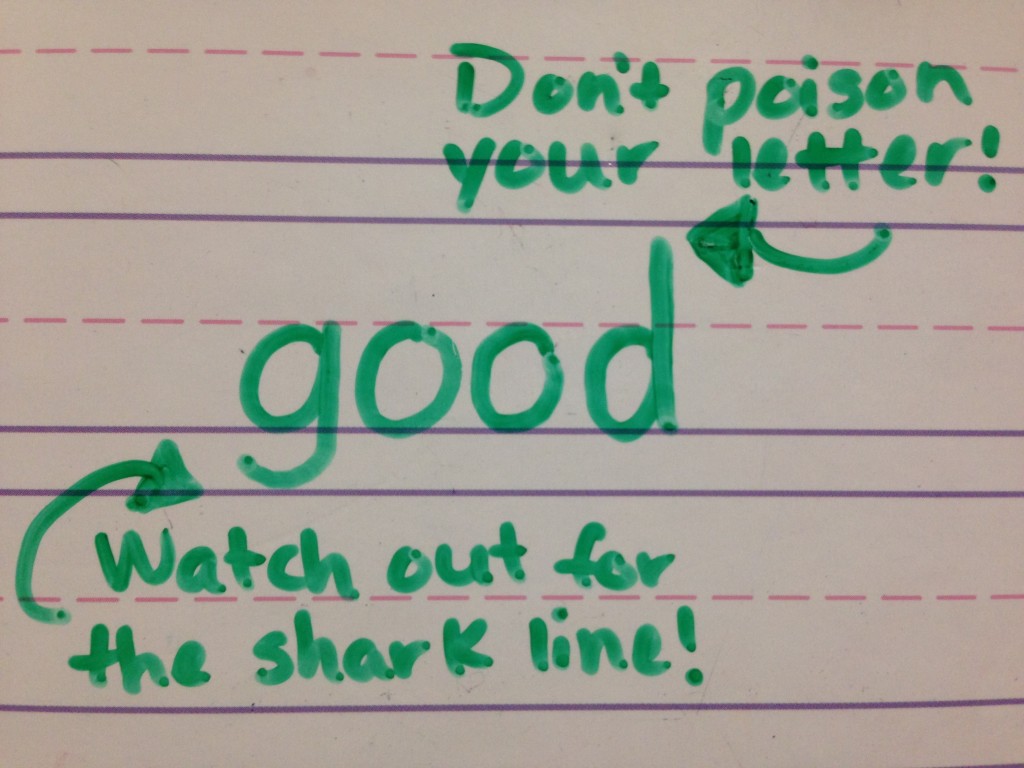
 At our house the child sits and watches the video. We do the first worksheet together to make sure instructions are understood and the concept is established. Then they do the rest of the worksheets on their own over a week. If they have questions they ask. I grade their worksheets each day and they have to go back and correct any mistakes. That helps me, as the teacher, catch if they are not understanding the concept since I’m working with several of my children while they are doing their math worksheets.
At our house the child sits and watches the video. We do the first worksheet together to make sure instructions are understood and the concept is established. Then they do the rest of the worksheets on their own over a week. If they have questions they ask. I grade their worksheets each day and they have to go back and correct any mistakes. That helps me, as the teacher, catch if they are not understanding the concept since I’m working with several of my children while they are doing their math worksheets.
 The rest of the day is spent imagining with toys, playing with playdoh, coloring, painting, playing with manipulatives, and yes sometimes watching movies. In the nice weather more time is spent playing outside. Occasionally she will join in projects with her older brothers. For example last week they all picked a bird they wanted to study and we did a project on that bird.
The rest of the day is spent imagining with toys, playing with playdoh, coloring, painting, playing with manipulatives, and yes sometimes watching movies. In the nice weather more time is spent playing outside. Occasionally she will join in projects with her older brothers. For example last week they all picked a bird they wanted to study and we did a project on that bird. MATH: For our math primer we use the curriculum from
MATH: For our math primer we use the curriculum from 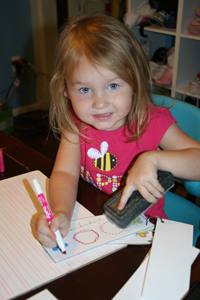

 SCIENCE: We go on hikes, we visit nearby parks, we have a pass to the
SCIENCE: We go on hikes, we visit nearby parks, we have a pass to the 
